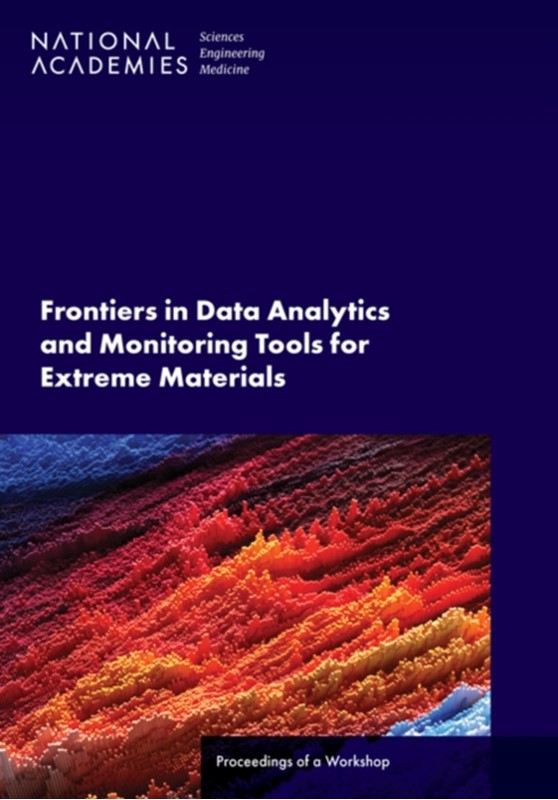The State of Resilience - Policy And Global Affairs - Bog - National Academies Press - Plusbog.dk
Over the past decade, resilience has gained significant traction across the nation and innovative programs are showing exciting progress in building resilient communities. For communities to be prepared for future extreme weather and climate events, as well as the chronic daily stressors, the momentum of implementing and taking action to build community resilience should continue to be fostered and expanded. Building on its many efforts dedicated to increasing and enhancing resilience, the Resilient America Roundtable hosted the State of Resilience Leadership Forum and Community Workshop on June 28 and 29, 2016. This activity brought together diverse decision makers, experts, practitioners, and community stakeholders, including representatives from academia, government, the private sector, foundations, and nonprofit organizations, to consider the results of years of investment, experimentation, and research in building resilience, take stock of these many initiatives and efforts, and share their experiences in building more resilient communities. This publication summarizes the presentations and discussions from the workshop. Table of ContentsFront Matter1 Introduction2 Resilience Now and Going Forward3 Community Resilience4 From Discussion to Action: Looking into the FutureAppendix A: Planning Committee Member BiographiesAppendix B: Speaker, Panelist, and Moderator BiographiesAppendix C: Workshop Agenda

















































